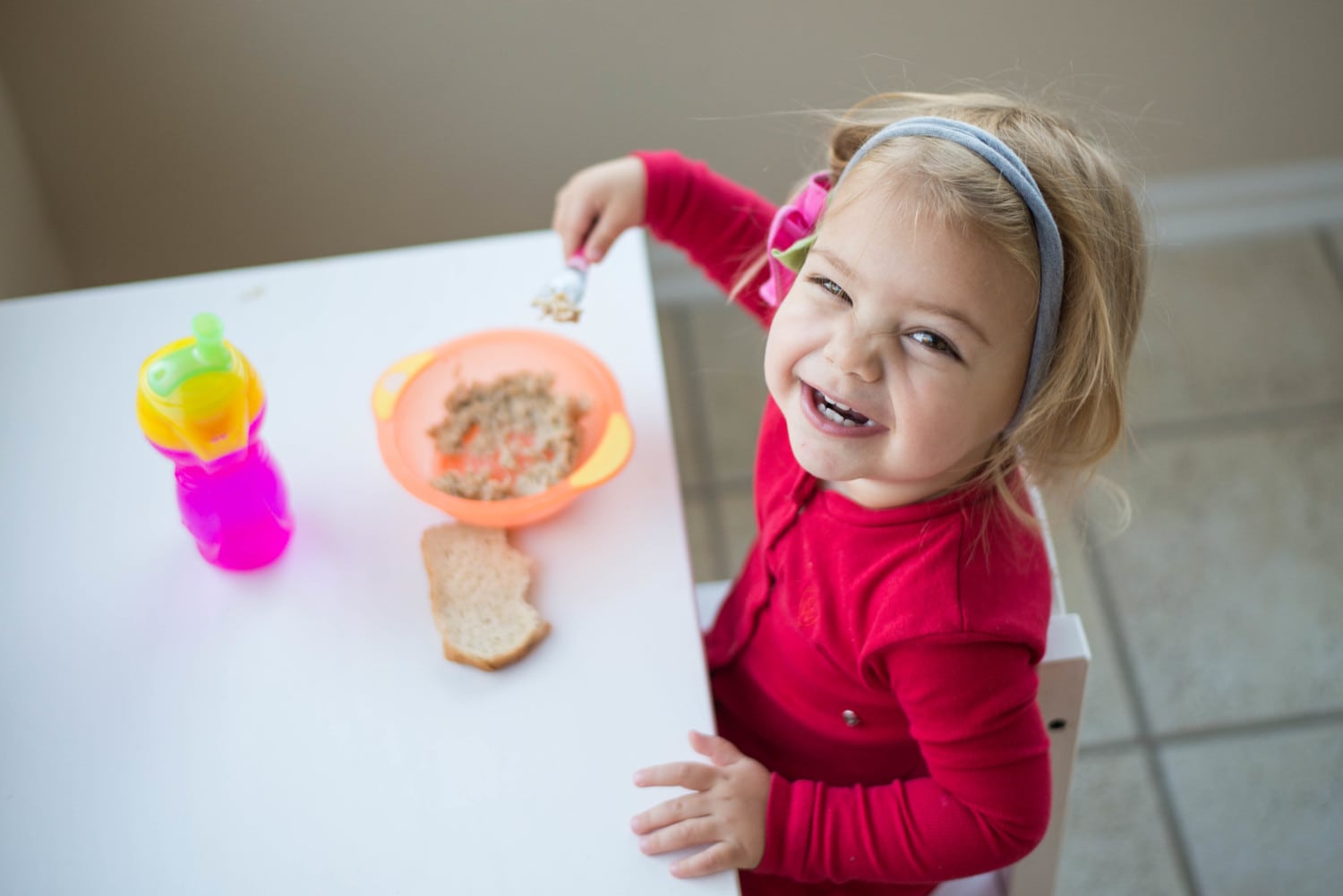Pressuring kids to try new foods or ‘take one more bite’ could lead to poor eating habits later

In the neverending quest to get notoriously fussy kids to eat more and/or healthier food, parents are usually willing to try anything. But if you constantly nag your children to have “just one more bite” or resort to bargaining tactics such as promising your little one dessert if they finish their broccoli, you may want to rethink those strategies.
A new study published in the journal Appetite found that pressuring kids to eat did not affect their growth, nor did it have any impact on their eating habits a year later.
Researchers at the University of Michigan followed a group of 244 ethnically diverse 2- and 3-year-olds over the course of a year and examined whether the pressure tactics parents used affected their healthy growth and/or their eating behaviors. Even though the study showed basically no effect one way or the other, experts caution that pressuring kids to eat can still have ill effects down the line.
“Pressuring in feeding can be considered controlling or intrusive, and we know from decades of research that controlling and intrusive parenting is not valuable for child well-being,” Dr. Julie Lumeng, a professor of pediatrics at the University of Michigan who worked on the study, told Parents.
Another unintended consequence is that it may have a negative effect on parents’ relationship with their child.
“These types of power plays create an adversarial relationship between the two of you and turn the entire process of eating into even more of a negative experience for your child,” Dr. Tamar Kahane, a child psychologist who developed a program to treat selective eaters, told Parents.
Pressuring kids to eat when they’re not hungry can also interfere with their ability to self-regulate, something that can eventually lead to weight gain.
So what’s a concerned parent to do instead? One helpful strategy is to introduce new foods without putting pressure on kids to consume them.
“I recommend you put one tablespoon of any new foods, especially foods that the rest of the family is eating during the meal time, on the child’s plate,” Melanie Potock, pediatric feeding specialist and author of “Adventures in Veggieland,” told CNN. “But don’t force them to eat it. Just having it on the kid’s plate is the first step to making friends with that food.”
The Centers for Disease Control offers a number of other tips that can help picky kids become a little more willing to try new foods. In addition to refraining from forcing particular foods, the CDC recommends waiting a week before trying to offer a rejected food again, mixing a new food with a food your child already likes, teaching by demonstration — letting your child see you eat the food — and giving your child choices. For example, you can say, “Today you can try broccoli or green beans. Which one would you like to try?”
Lastly, don’t give up. The agency says it may take up to 10 tries before a toddler likes a new food.
Are you grappling with a picky eater at your table?







